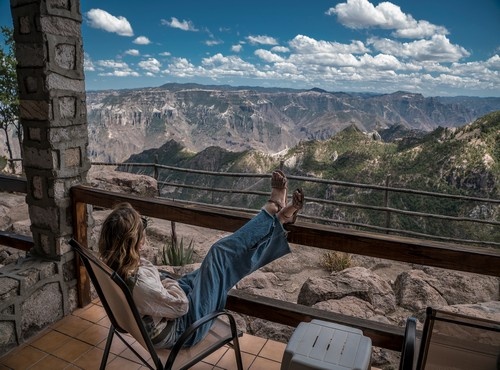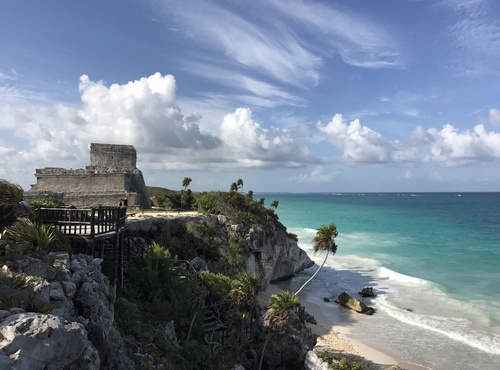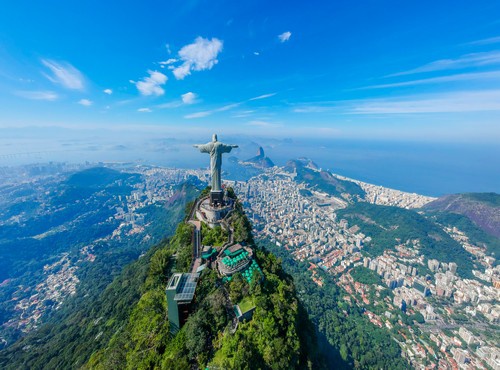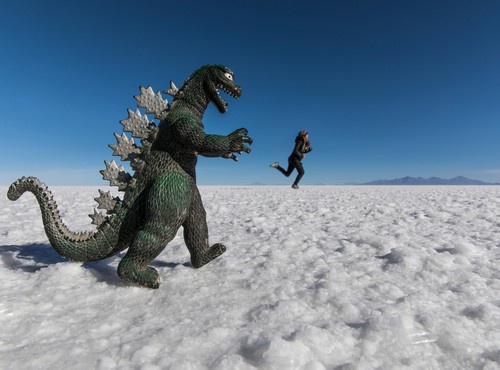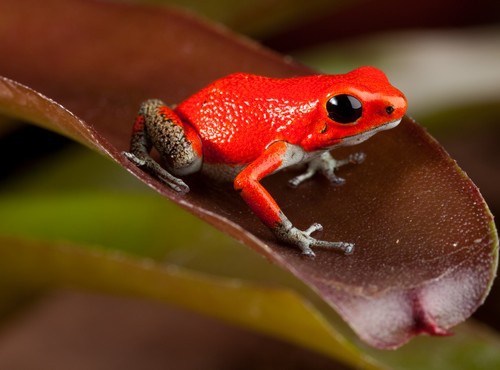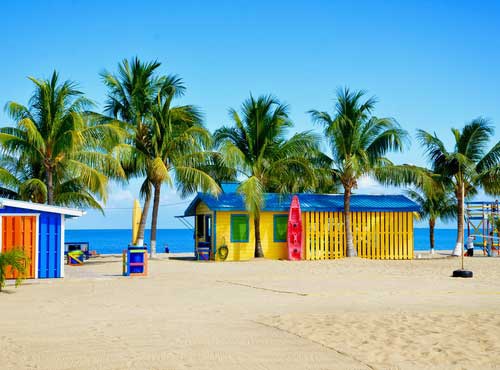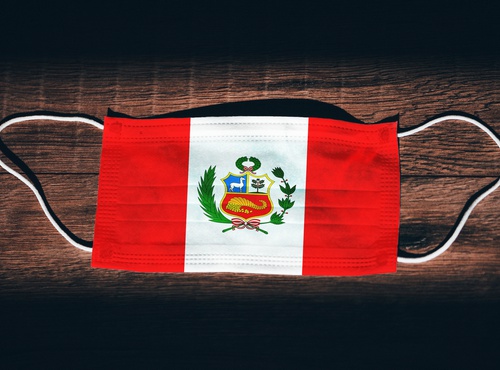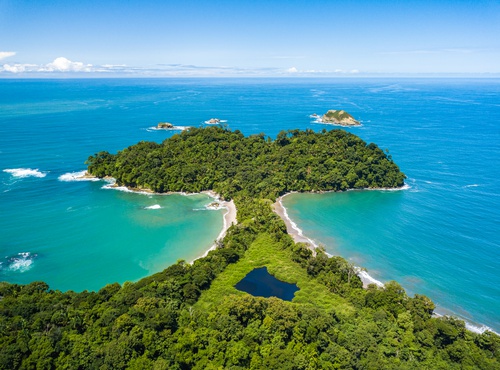
Written by:undefined undefined
Published: 09-09-2022
Suppose you are preparing for your vacation but are unsure about the best time to travel to Bolivia. In that case, you should know that the climate varies dramatically, depending on the region. Temperatures can differ from 8ºC in La Paz to almost 30ºC in Trinidad; for example, the country is warm and humid and cold and dry in winter.
Generally, the best time to travel to Bolivia is in April and October. However, you can visit the country at practically any time of the year.
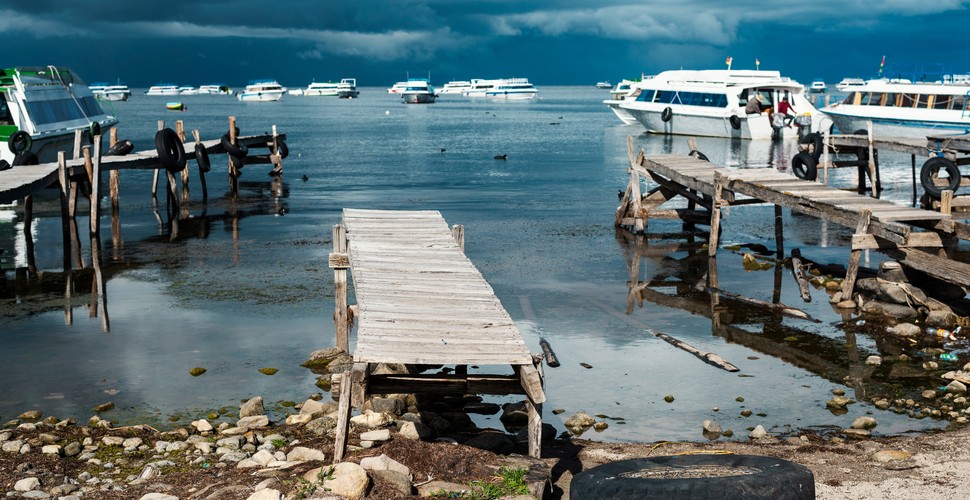
Rainy Season, Titicaca
The region you want to explore on your visit to Bolivia will have a different climate depending on the months you choose to travel. Remember that Bolivia's rainy season is from November to March. The dry season, however, is from April to October, and these are the most recommended month for travel.
The best time to travel to Bolivia would be during the dry season. It would be best if you also kept in mind that, although the weather in Lake Titicaca is warm, there are significant contrasts between winter and summer. The weather in the Altiplano (high plateau) is cooler, while in the Andes, it is sub-tropical. In the lowlands, the weather is scorching with low humidity, so altitude plays a large part in the climatic conditions.
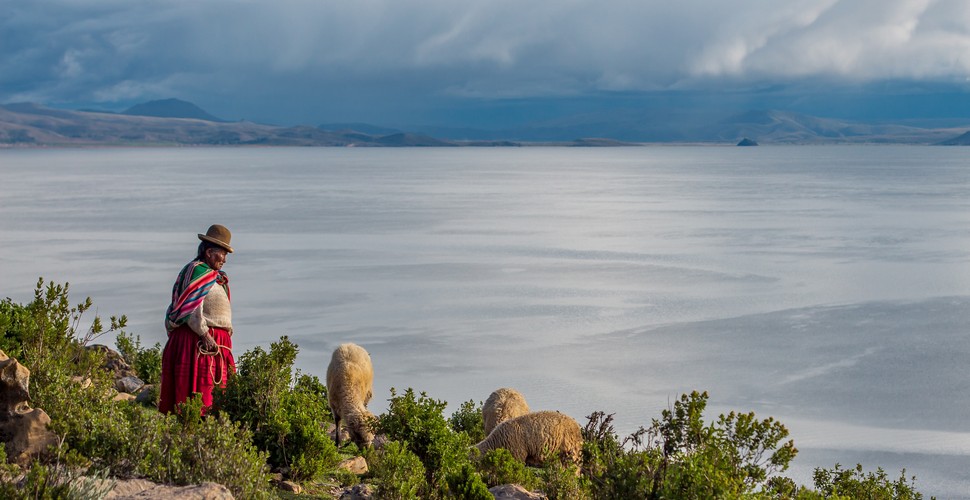
Stormy Salt Flats
When to visit the Bolivian Amazon
This region occupies a large part of the national territory and has different climates according to the area. To the north, in Pando and Beni, for example, you will find a very hot and humid climate with abundant rainfall during the rainy season. Trinidad has the highest annual rainfall in the whole country. Further south, the two seasons can be differentiated. They also have very high average rainfall, noticeable in Santa Cruz de la Sierra if you visit during the rainy season. Rurrenebaque is wettest from December to March, with rain throughout the year.

Rurrenebaque in Rainy Season
When to travel to the Bolivian Highlands
This region is the highest area of Bolivia, with some places at an altitude of almost 4.500 meters. The “altiplano” includes La Paz, Salar de Uyuni, and the famous Lake Titicaca, and at these altitudes, the average daytime temperature ranges between 15ºC and 22ºC. The nights are much cooler as temperatures can drop to below 0ºC. Here, the dry and wet seasons coincide with the rest of the country; the former is from April to October, and the latter is from November to March. You can visit this region throughout the year, although the dry season is preferable. The Salar de Uyuni can be seen all year -round with the vast whiteness of the dry season and the surreal, mirror-like effect of the rainy season on the salt flats; either way, they are spectacular!
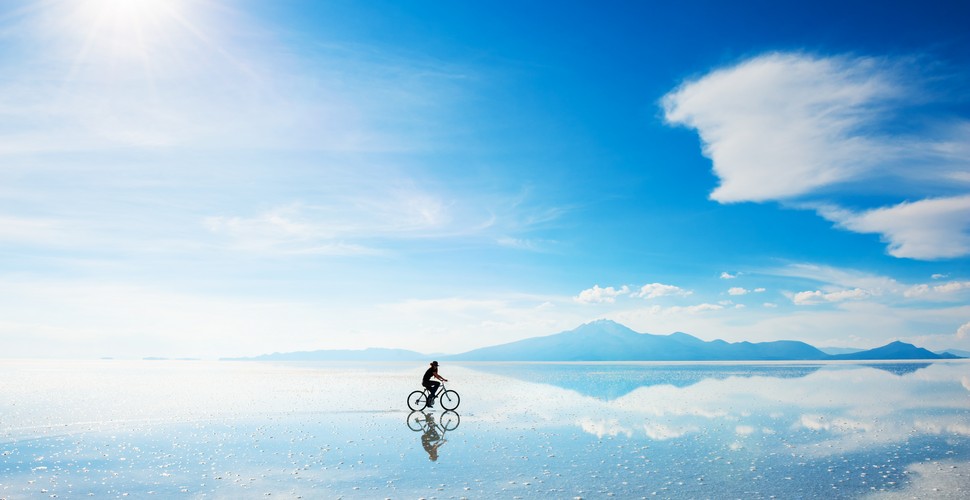
Mirror-Like Salt Flats
When to travel to the central Bolivian mountains
If you have included the cities of Potosí, Sucre or Cochabamba in your trip, you should remember that they also have two seasons. The rainy season is from November to March, and the intensity varies depending on the city. The higher the altitude, the less rainfall there is, so it will likely rain more in Cochabamba than in Potosí, for example. The temperature in this region ranges from 17ºC to 27ºC during the day, reaching freezing point during the night.
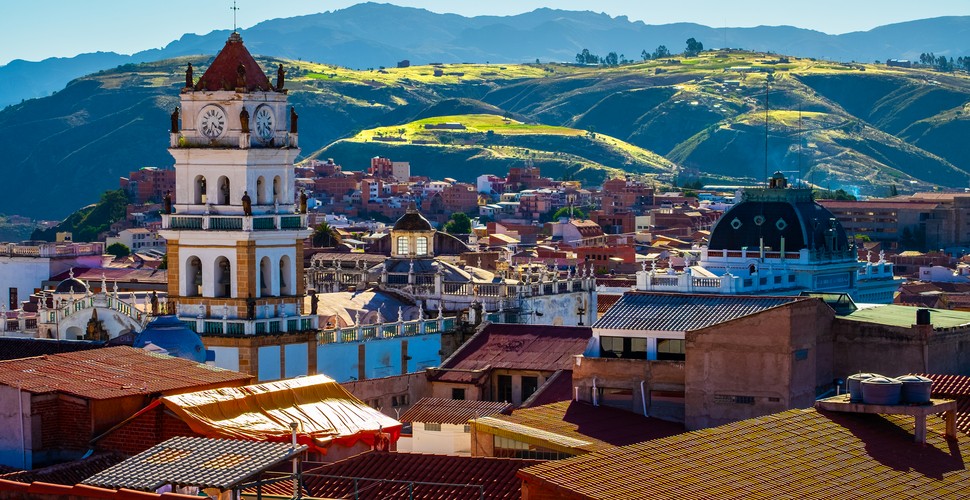
Sunny Sucre
When to visit the Andes
Another of the most spectacular destinations in this country is the Valle de Los Yungas, situated in the Bolivian Andes. This region has a climate that could be considered semi-tropical and which also has two seasons. Once again, we recommend you visit this region during the dry season (from April to October). You will notice the variations in temperature according to altitude, as you could be at 1000 or perhaps at 3.500 meters. It all depends on your spirit of adventure.
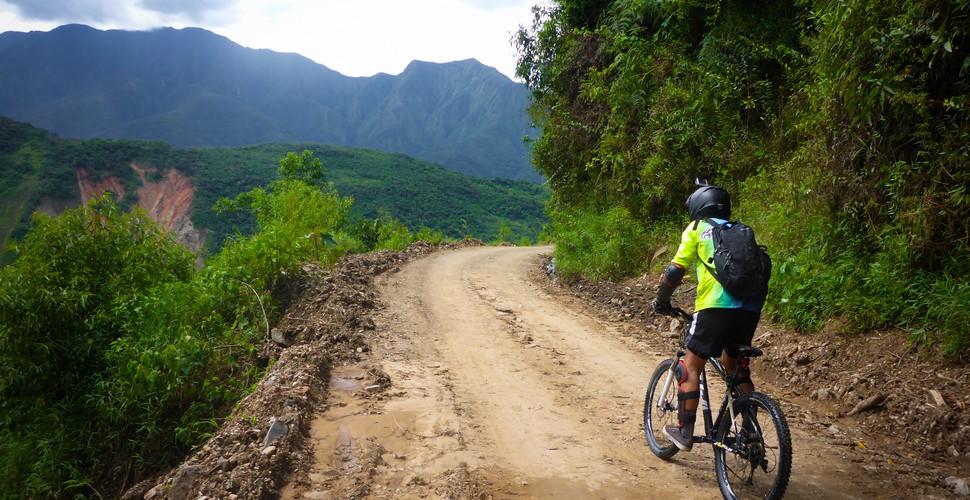
Death Road
When to travel to the Gran Chaco
This region of Bolivia has the most extreme climate, as temperatures can easily reach 40ºC during the day and fall to 0ºC at night. On the border of Argentina and Paraguay, it has less rainfall than other regions of Bolivia. December to March is the wettest time of the year. This is the ideal region if you want to learn about the Quechua culture, as it is home to forty different ethnicities. This region contains various climates, from warm sub-tropical through-arid and dry.

Horse Riding near Tupiza







